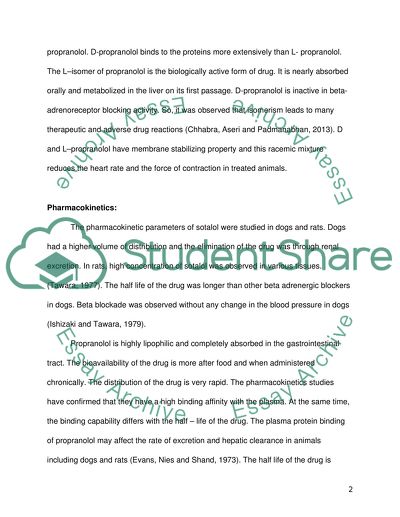Cite this document
(“Pharmacokinetics of Sotalol and Propranolol Assignment”, n.d.)
Retrieved from https://studentshare.org/medical-science/1666964-pharmacology
Retrieved from https://studentshare.org/medical-science/1666964-pharmacology
(Pharmacokinetics of Sotalol and Propranolol Assignment)
https://studentshare.org/medical-science/1666964-pharmacology.
https://studentshare.org/medical-science/1666964-pharmacology.
“Pharmacokinetics of Sotalol and Propranolol Assignment”, n.d. https://studentshare.org/medical-science/1666964-pharmacology.


